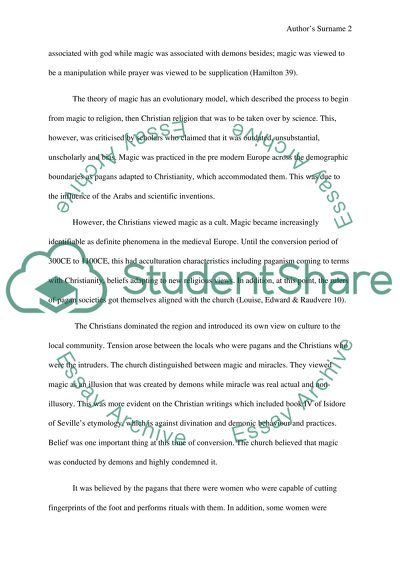Cite this document
(“Religion in the Medieval Europe Essay Example | Topics and Well Written Essays - 1750 words”, n.d.)
Retrieved from https://studentshare.org/other/1399549-religion-in-the-medieval-europe
Retrieved from https://studentshare.org/other/1399549-religion-in-the-medieval-europe
(Religion in the Medieval Europe Essay Example | Topics and Well Written Essays - 1750 Words)
https://studentshare.org/other/1399549-religion-in-the-medieval-europe.
https://studentshare.org/other/1399549-religion-in-the-medieval-europe.
“Religion in the Medieval Europe Essay Example | Topics and Well Written Essays - 1750 Words”, n.d. https://studentshare.org/other/1399549-religion-in-the-medieval-europe.


